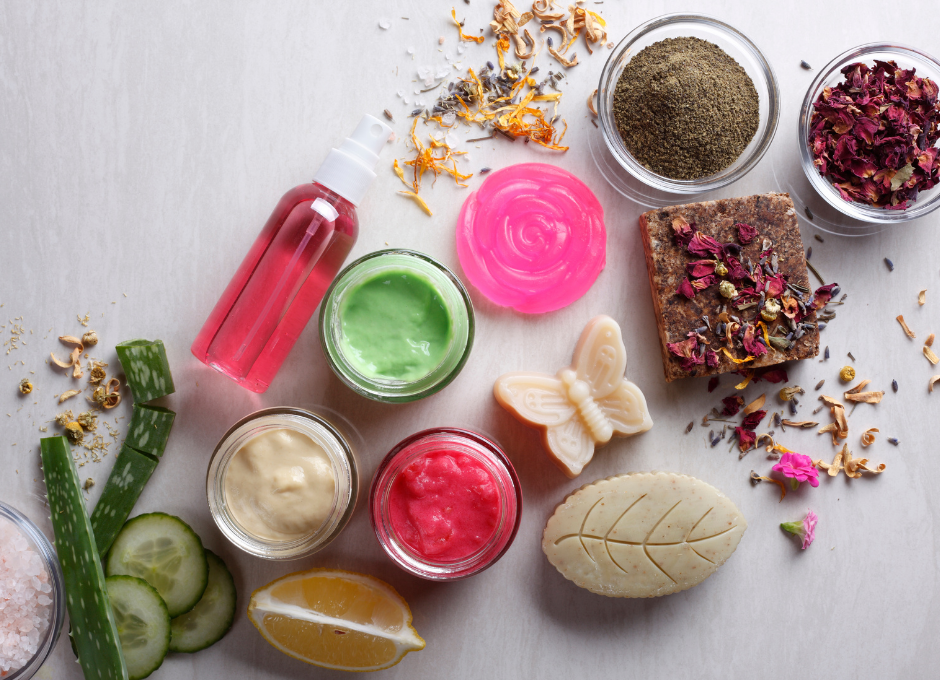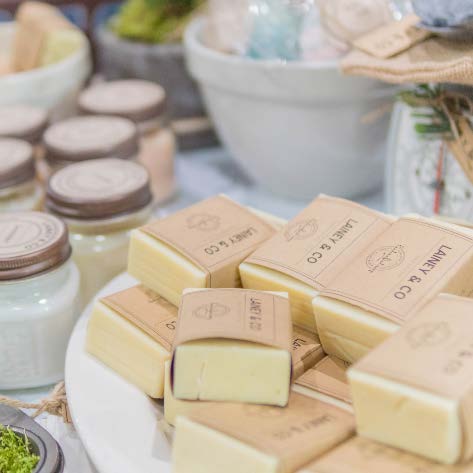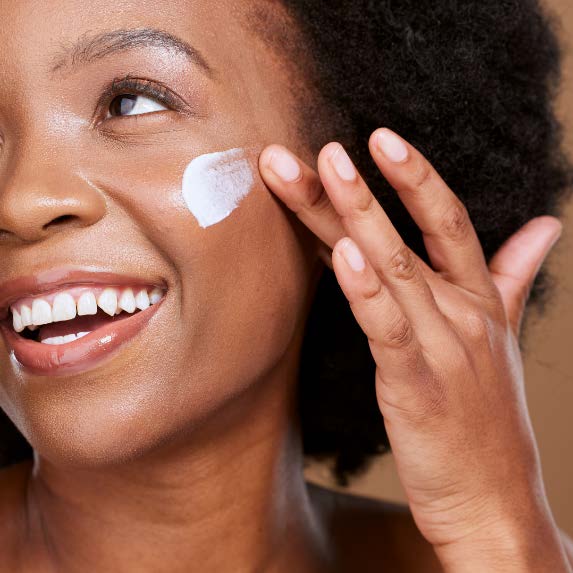 Market Research
Market Research
The Austrian cosmetics market is a reflection of global trends in consumer behavior and market dynamics. It is distinguished by a consistent increase in consumer demand and a noticeable shift towards sustainable and handmade beauty goods. By combining the knowledge from multiple sources, we are able to create a thorough market analysis that highlights the imports, market trends, consumer preferences, the handmade cosmetics industry, and the prediction for the future.
Market Growth & Consumer Demand
Since 1999, Austria’s cosmetics industry has grown steadily at a rate of 4.1% per year, placing the country 25th in the world in terms of demand for cosmetics and beauty goods. With consumers becoming more interested in eco-friendly beauty goods, the handmade cosmetics industry in particular has become one of the fastest-growing segments of the industry. Revenues in this area have increased by 60% over the last ten years, and estimates indicate that by 2028, the market will have grown by 25 points to a maximum value of $75.9 million.
Consumer Preferences
Austrian consumers have a significant preference for skincare goods (65%), bath and shower products (80%), and oral and dental care products (83%). This demand distribution gives
important information about possible areas of concentration for both new and current market participants, especially in the handcrafted cosmetics industry.
Imports and Supply Chain
Germany is the biggest provider of cosmetics in Austria, making up a sizeable portion of the country’s total imports. Germany’s imports of cosmetics have increased in value and volume, which may be due to Austria’s strong demand for German-made cosmetics as well as the close economic links between the two nations. There have been variations in the average import price of cosmetics, with costs from various source countries differing significantly. The wide range of origins from which cosmetic items reach the Austrian market, each with a unique price point and consumer appeal, is highlighted by the fluctuating import prices.
Market Trends
The growing demand for premium, high-quality beauty and personal care products is indicative of the Austrian market’s preference for these goods. Significant price rises from manufacturers and an innate consumer preference for premium over mass-market goods both promote this desire. Quality, sustainability, and ethical production are becoming more and more important to consumers in the Austrian market, as seen by the premiumization trend and the noticeable demand for handcrafted and sustainable cosmetics.
Future Opportunities
Numerous growth opportunities exist for companies operating in or planning to enter the Austrian cosmetics market, particularly in the handmade cosmetics sector, thanks to current trends and consumer preferences. There are opportunities to focus on sustainability and ethical production, develop product lines to target niche consumers, and use digital platforms for marketing and sales. The anticipated rise in online sales emphasizes how crucial e-commerce is as a means of connecting with and interacting with customers.

Competitor Analysis
The number of key players on the handmade cosmetics sector is on the rise similar to the increasing revenues and volume of the market in handmade cosmetics in Austria. In the case of key players, Vienna, as the capital city and biggest economic center in the country, comes in first as the host of various companies. Some of the key players in the market are as follows:
The Viennese Soap Factory
The Viennese Soap Factory, or known by the locals, Wiener Seife is based in the third district of Vienna. Producing handmade various kinds of soap, such as hair soap, hand soap, toothbrush soap, the company uses coconut oil as its base and positions itself on the lines of a harmonious mixture of tradition and luxury.
The bars of soaps are packaged in a transparent parchment paper, giving the product an elegant and stylish look. The company also produces soaps under the name of famous people who lived in Vienna in the past.
Their website is: https://wienerseife.at/

Saint Charles Cosmetics
Having been located on a central location, Saint Charles Cosmetics provides various sorts of aromatherapy oils, bathing products, herbal supplements and parfumes. The company has its roots from 19th century pharmacy based in Vienna and now brands itself as a natural, healthcare cosmetics products catering for the needs of customers in a sustainable and quality way. Even though they are based in Vienna, the company has a number of locations across Europe and the World, being one of the important players in the market.
Their website is: https://saint-charles.eu/

Susanne Kaufmann
Having been founded in 2003 and started as a product supplier of a spa in a family hotel in Bregenz Forest, the Susanne Kaufmann brand has become one of the key players in
handmade cosmetics sector in Austria. Their product portfolio ranges from body butters and body oils to shower and bath products. Their branding is based on the quality and use of various sustainable ingredients in their products, locating the brand among healthcare focused brands in the market.
Their website is: https://de.susannekaufmann.com/

Botanicus Vienna
Based in Austria, Botanicus provides high quality oils and skin care products using raw materials produced in rural areas of Austria. Emphasizing their connection with the nature and their dedication to environmental sustainability, Botanicus draws a brand profile that is boutique and lively at the same time, reflecting the colours of the nature. They also emphasize that from field to the end-user, all the process is environmentally friendly and respectful of nature.
Their website is: https://www.botanicus-vienna.at/wo/

AlleSeife:
The soap business CLAUDIA SCHNEIDER & PETER PIFFL (manu factum; Latin for “handmade”) was established in Vienna in the year 2002. They employ a small workforce and do everything by hand, including the meticulous raw material selection, scent blending, boiling the natural soaps, label design, and product packing. With their natural goods, packaging, and accessories—such as soap dispensers made of Styrian stone pine—they demonstrate their commitment to regionalism. They guarantee quick transportation routes and promote local jobs in this way. Because of the significant devastation of rainforests caused by the industrial manufacturing of palm oil, many products do not contain this ingredient. They have also been the recipients of the Animal Fair Award since 2014. Because of this award, their whole product line is vegan.
Understanding Preferences and Demands
Over the years, Austria’s demand in handmade cosmetics has grown and changed significantly. However, no precise statistics exist regarding handmade cosmetics in the market. Hereby, a general idea of how Austria’s demand for cosmetics is growing will be described. By using cosmetics, we can also gain an understanding of Austrians’ perspectives on the subject.
A variety of materials are used in cosmetics and body care products to cleanse, nourish, perfume, or modify one’s appearance. Soap, fragrance, toothpaste, deodorant, creams, and makeup are some examples of these items.
In Austria, sales of cosmetics and personal hygiene items totaled EUR 1.89 billion in 2022. Although there were reductions during the COVID-19 epidemic, turnover has been steadily increasing over the last several years, and projections suggest that it will continue to rise. A study by Statista Consumer Market Outlook predicts that as early as 2023, the EUR 2 billion sales objective would be exceeded. In 2022, Austrians spent an average of EUR 207.3 per person on cosmetics and personal hygiene items. With 60.2 percent of sales coming from specialty pharmacy shops, these products are mostly sold through them. Important distribution channels for cosmetics and body care items include convenience stores and budget stores (26.4%), as well as specialty cosmetics stores and perfumeries (7%).
Personal care goods, which include shampoos, dental care and shower gels, are the biggest sales sector in the cosmetics market in terms of product segments, bringing in over EUR 900 million annually. At EUR 454 million, skin care items are closely followed by perfumes (EUR 255 million) and decorative cosmetics (EUR 270 million). All four segments saw sales growth in the range of 0.9 to 2.5 percent every year before to 2020. All segments saw a decrease in sales in 2020, but 2021 saw a significant recovery. Around 1,500 people are employed by 180 companies in Austria’s cosmetics industry, which produces cosmetics and personal care goods (numbers for 2020). The gross value added of the cosmetics production industry in 2020 was around EUR 102 million, despite its relatively small size. In the same year, gross investments in the industry reached around EUR 10.4 million, a notable rise over the prior year. In 2020, there were 915 retail companies in Austria that distributed cosmetics and personal care items, with a workforce of about 15,600 people.
Online sales have grown in significance for the cosmetics industry, much like they have for other retail industries. In the Austrian cosmetics business, online channels constituted 18% of the total retail turnover in 2022 and 23% in 2023. In addition, compared to 2020, the online market for